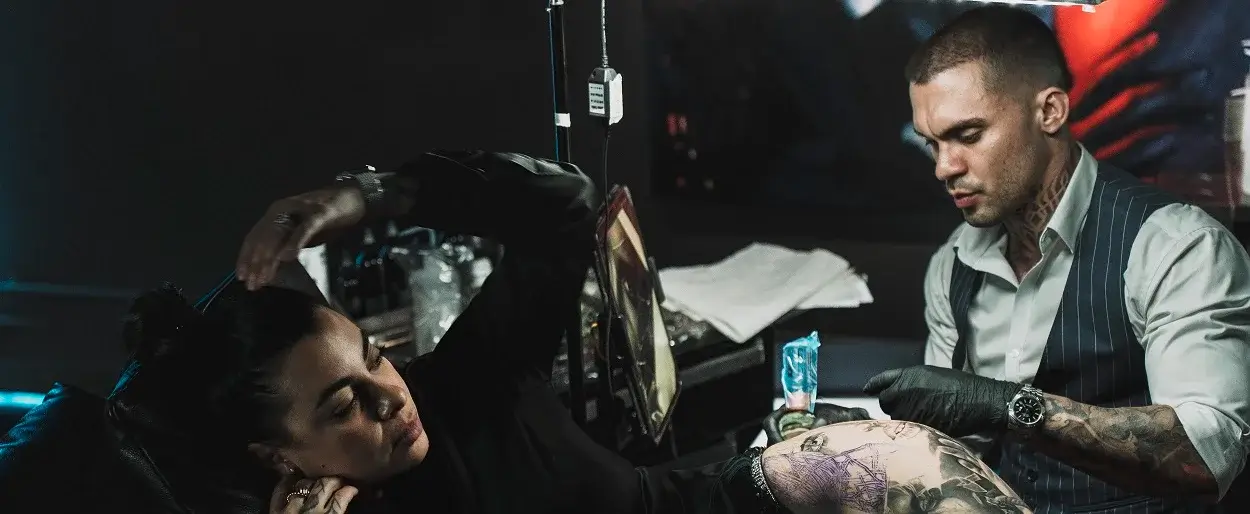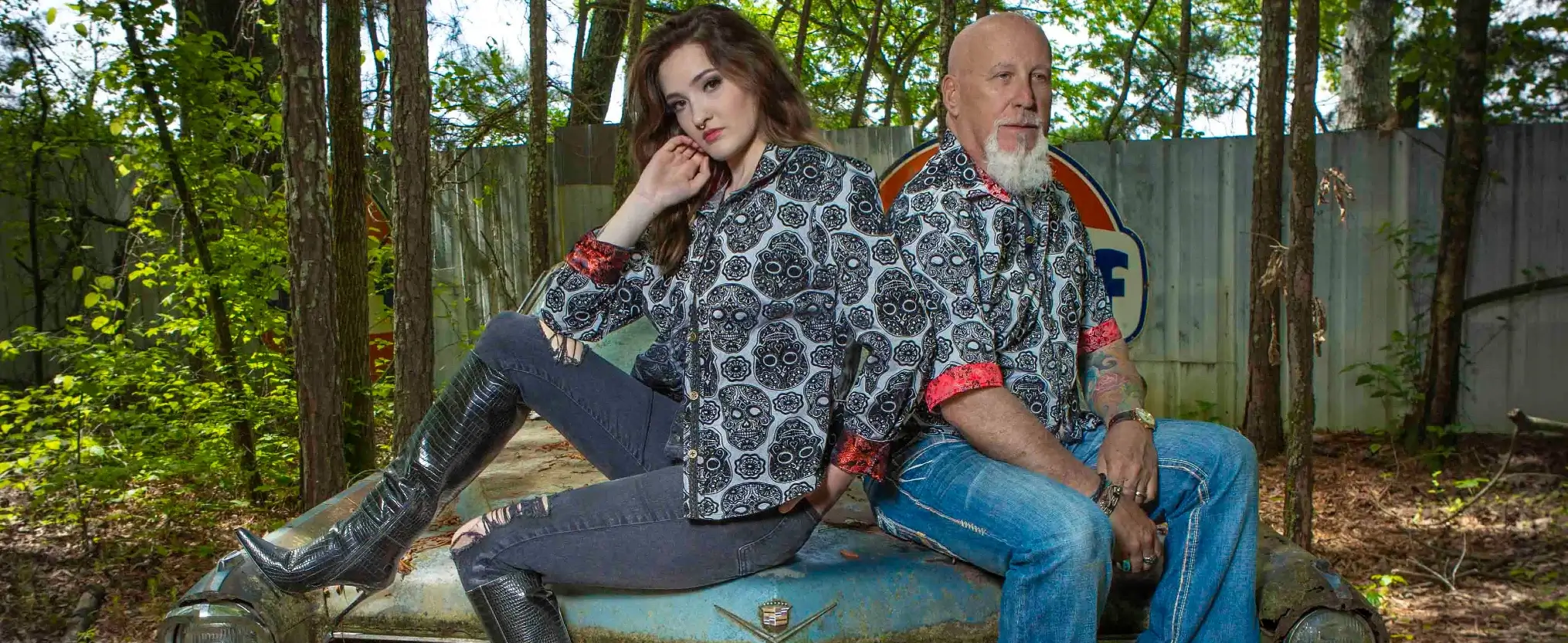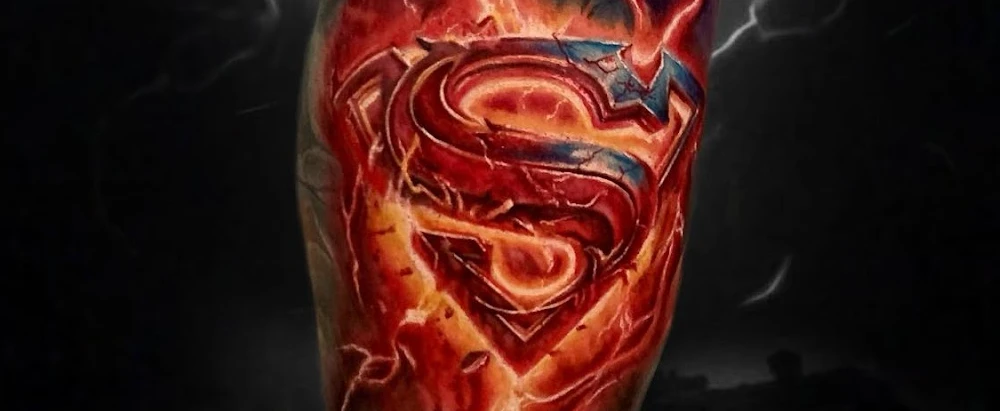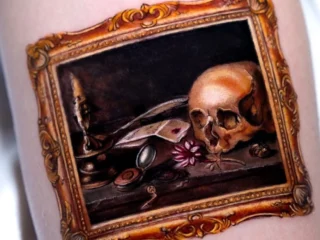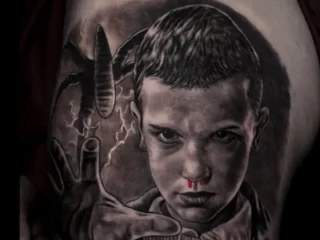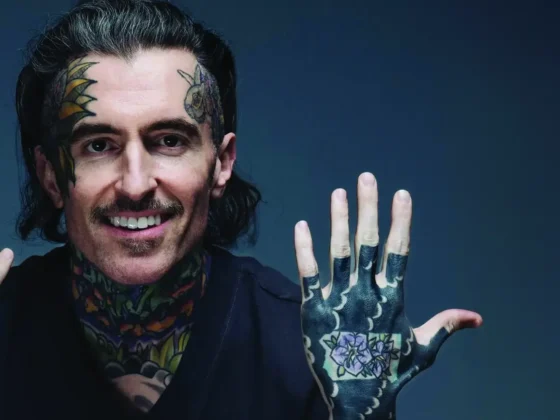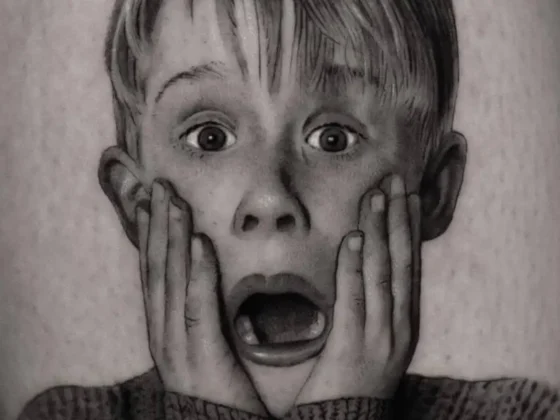Inked Mag Staff
September 30th, 2015
Now You Can Have Your Tattoos Removed and Framed After Death
Gallery Follows the Text We sat down with the founder and chairman of the National Association for the Preservation of Skin Art (NAPSA) Charles Hamm and two of the resident…
Gallery Follows the Text
We sat down with the founder and chairman of the National Association for the Preservation of Skin Art (NAPSA) Charles Hamm and two of the resident tattoo artists at NAPSA, Chuck Galati and Trevor Trentine, to discuss why preserving ink of the deceased elevates tattoos as an art form, how funeral homes reacted to their new responsibilities, and the final product.
Gone are the days of fighting with siblings over Mommy’s pearls and Daddy’s favorite tie, now you can claim their tattoos (or register your own) and receive them, framed, after they pass. The National Association for the Preservation of Skin Art was founded on the idea of making tattoos even more permanent, to let the story behind the ink last forever. Members of NAPSA can register any and all of their tattoos and leave them to beneficiaries of their choice. It’s like a will specifically for your tattoos.
Based in Cleveland, Ohio, Charles Hamm believed tattoos should live on though their wearer has departed. Hamm left his professional background behind to follow his passion for body art, “I got tired of hiding my tattoos, quite frankly.” To test the preservation process, Hamm went ahead and had two of his very own tattoos, both by Chuck Galati, surgically removed (full story on that below). Now, the recently launched NAPSA has preserved more than 20 tattoos to date. Preserving the tattoos takes up to six months and an incentive of $1,000-$2,000 is given to the beneficiary to assure they fulfill the wishes of the late NAPSA member.
NAPSA is doing more than saving and framing tattoos for loved ones, though, they are preserving the artwork of tattooists around the world that will survive the ages. This is not a piece of flash or a photo for Instagram, this is the real deal—human flesh.

Inked: What gave you the idea to develop NAPSA?
Charles Hamm: A couple years ago I was sitting around talking about tattoos with a bunch of friends and I said, When I get cremated these things will all go up in smoke and that’s the end of that.
I’ve got some nice artwork on me and it all has sentimental value; I have a chest piece with a gorilla and my wife’s name and the gorilla is guarding her, a couple lizards my grandson designed, so there is a lot of meaning behind my tattoos. Everybody kind of laughed at me at first but I thought this can be done, because it has been done on a small scale over history.
So I put together a team of a doctor, an embalmer, and tattoo artists—Trevor [Trentine] and Chuck [Galati]—and we began this mission.
How did you test the preserving process?
We got to this point where we had the website developed but we were lacking the actual tattoos for testing to make sure this process worked. That was when I had two tattoos put on and then taken off.
You personally had your tattoos removed?
I had a little excess skin on each side of my body because I lost weight. I went to a plastic surgeon and told him to mark where he’s taking the skin off, and Chuck actually tattooed each side. I went back to the plastic surgeon and had them cut off, and he put them in a vial and gave them to us. We tested it and it worked perfect. From there we were on a roll.

Was the plastic surgeon surprised? What was his reaction?
They were like “Are you crazy?” When I explained to the doctor what I was doing, he said, “You know this could work, I’ve never heard of such a thing, but if you want your tattoos I’ll give them to you, I’m okay with that.” I sent pictures of the two tattoos framed and he was just floored by it. Floored.
We won’t do that for people that are living today, that was a one-time thing on me to make sure this thing worked.
Can you explain the preserving process? What does the funeral home have to do and what do you do once you receive it?
Upon the passing of a member, the beneficiary notifies us within 18 hours of the passing and tells what funeral home to send the kit to. We then overnight a kit with a container and temporary preserving chemicals and stuff like that, which includes instructions on how to remove the tattoo. The funeral home would then remove the tattoos, put it in the container, seal it up and ship it back to us. Then we put it through our proprietary process. We found the very big positive of that process is that it actually livens up the tattoo, believe it or not.
It brings it back to life?
It absolutely does, and that is a positive byproduct of it all, we weren’t expecting it to do that but the ink sinks into your skin so when you remove it and you’re scraping off the top layers, it brightens it up again. We got very, very good results.
Trevor Trentine: We’ve had traditional, black-and-grey, [every style] looks amazing preserved. Even some of the tattoos that might not have looked so skillfully executed, become a lot more interesting as a preserved piece rather than a tattoo. Not only does it restore the tattoo a little bit, but something that may not look too interesting to me as a tattoo on a person, takes on a new life as a preserved piece of art.
It’s hard to separate the person wearing the tattoo or what that person represents or looks like from the actual artwork. I think in that way, too, it elevates the art because there is no judgment of the person wearing the tattoo.
The pictures look beautiful. It’s really an incredible thing that it can even be done.
Hamm: I’m extremely passionate about this. We have this Final Wish Benefit that I created because I want to make sure that peoples wishes are followed through on. I wanted that incentive.
[The Final Wish Fulfillment Benefit provides beneficiaries with $1,000-$2,000 (depending on the member’s age upon registration) as an incentive to ensure they preserve the deceased’s body art.]
How are people reacting to NAPSA?
We’re getting a tremendous amount of positive results for sure. We just launched at [Mario Barth’s Biggest] tattoo show [On Earth in Las Vegas], and people are still trying to grasp that this is real.
At the show it was unbelievable, the reception, it really was. I heard so many sentimental stories in the booth. It was just heartwarming to me.
We have one [story]–and this was before we were up and running–a gentleman, 34, died in his sleep. His wife knew of us through their tattoo artist. So she got a hold of him and he got a hold of us. We were hesitant at first but we did it, we went and took his tattoos. One of them, a very special tattoo, was a heart with the name Hunter on it. Hunter is his two and a half year old son. His wife is ranting amd raving on our Facebook everyday about how his life will live on forever now–that is what this thing is about. She told me that she would one day say to her son, “This is how much your dad really loved you.”

Are funeral homes complying with the tattoo removal process?
We met with a group of funeral people last week and it was a very positive meeting. I don’t know how else to say this but they’re looking for new revenue streams as well. We have our embalmer, he’s attending a very large convention of funeral directors and embalmers in October and he is going to be spreading the word.
Down the road we’ll have preferred funeral homes on our website that we know will do this. And our embalmer will be available to anybody in the process.
And it takes how long for the beneficiary to receive the preserved tattoo?
Three-to-six months.
Trevor, what are your thoughts as an artist to have your work and tattoos preserved?
Trentine: It is super exciting because I’ve seen some of the best work I��ve ever done walk out of the room and I’ll never see that person again. Maybe you get an OK cell phone picture. Some of the best artists in America and throughout the world–some of the hardest working artists–are tattoo artists and so to have that art on a permanent scale elevates the art form as a whole.
You can’t compare Instagram pictures to paintings. You put something in a gallery and the permanence of it really elevates the art form. It is probably the most exciting thing that has happened to tattooing since I’ve been involved in the industry.
Hamm: Let me add something real quick, someone threw a word at me last week that I had never heard of before: providence. And that is basically used in the art and literature world and means that a piece of art has been defined, the origin has been defined. For example, Picasso has providence because they know it is Picasso, they know when it was done, so we’re basically doing that with tattoos. The picture of the tattoo, everything about the tattoo is now being defined as a piece of art.
Trentine: All the artists at the Las Vegas show were so tremendously excited.
When a member fills out paperwork and registers their tattoos, are they also including the artist behind that tattoo?
Hamm: Yes they’re including the picture, the artist, all of that, which is why we have providence. Because it has been defined now. The origin, who did it, and an actual picture of the tattoo so it can never be disputed.
Is that artist notified that his or her work has been preserved?
It’s just up on savemyink at this point. We have privacy issues we’re trying to deal with on that, but our website also has an artist section where they can put up a [profile], and we’re hoping we can bring it all together.
Do you guys plan to preserve multiple tattoos of your own?
I can tell you that I have six beneficiaries at this point and pretty much all of my tattoos are claimed. My grandchildren and my kids and my wife, each one of them will get something.
Trentine: I’m close to a body suit right now and if I could get the entire thing preserved that would be extremely exciting for me personally. I remember the first preserved tattoos I saw [were] yakuza stuff in Japan, so that was a very powerful image that has always stood out in my mind.
Just as far as remembering somebody, every tattoo, no matter how trivial it is, has a story behind it. Saving someone’s ashes doesn’t save a story or a memory–when you have a tattoo you have an actual story of that person.
An actual piece of that person!
Right you have a tall tale, an actual story of that person to live on so that is pretty exciting stuff for me.
How would someone go about preserving a full body suit?
Hamm: I don’t know that that has been totally figured out yet, we’re still developing here but at this point the only thing that we won’t do is the face and the genitals. The face would come out distorted.
Chuck, what are your thoughts on NAPSA?
Chuck Galati: I think Trevor hit it on the head, a lot of our work dies with the people and unfortunately, I think a lot of artists aren’t realizing that until now. I think they’re realizing that art can be saved for eternity. Most are thinking about it as people get to save their tattoos, and I think artists are finally going to be able to see that we can finally save our work just like they can save their stories.
Trentine: I actually have some ideas to add tattoos [specifically] for preserving. I have one currently being saved for my oldest son, but I’m actually coming up with ideas to get other tattoos to make that happen for my other children in the future. I could go for some specific meanings behind them, and therefore when I pass, those could be left to my children. I think that’s a really cool thing about this process.
To register your tattoos or become a member of NAPSA, visit savemyink.com.
Editor's Picks
Bridging Classical Art and Modern Tattooing
Esteban Rodriguez brings the discipline of classical fine art to the living canvas of skin, creating hyper-realistic tattoos that merge technical mastery with emotional depth.
Show Your Ink Fashions Brings Custom Style to Tattoo Culture
Show Your Ink Fashions creates custom shirts designed to showcase your tattoos as wearable art, blending fashion with personal expression.
The Ultimate “Superman” Tattoo Roundup: Just in Time for Superman’s Return to Screens
With Superman’s big return to theaters, fans are revisiting some of the most iconic ink inspired by the Man of Steel.


